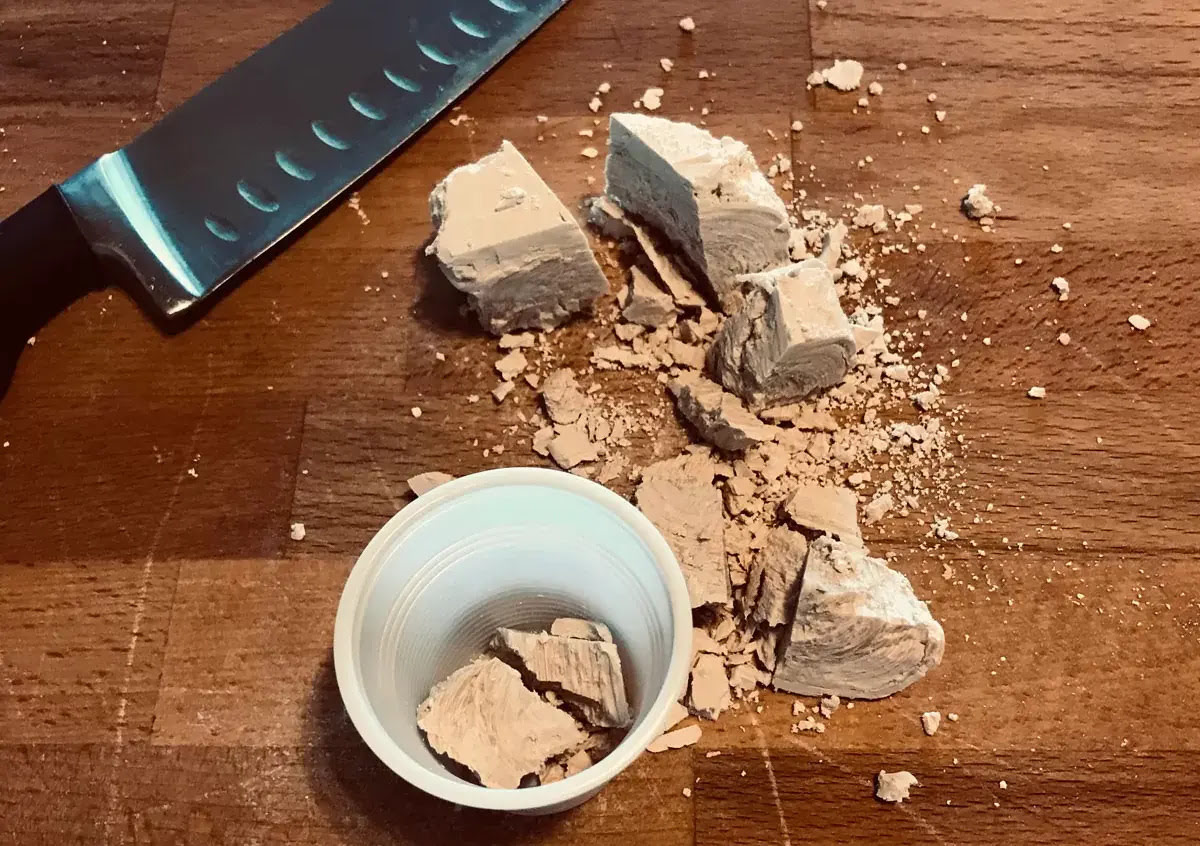

Articles
How To Store Brewers Yeast
Modified: October 28, 2024
Learn how to properly store brewers yeast with our informative articles. Explore our tips and recommendations for keeping your yeast fresh and potent.
(Many of the links in this article redirect to a specific reviewed product. Your purchase of these products through affiliate links helps to generate commission for Storables.com, at no extra cost. Learn more)
Introduction
Welcome to the world of brewers yeast! If you’re a seasoned brewer or someone new to the world of fermentation, you may be familiar with this humble ingredient. Brewers yeast is a key component in brewing beer, but it also has a multitude of other uses and benefits. Whether you’re using it for baking, nutritional supplementation, or skincare, knowing how to properly store brewers yeast is essential for maintaining its quality and potency.
Before we delve into the intricacies of brewers yeast storage, let’s first understand what it is. Brewers yeast is a type of fungus called Saccharomyces cerevisiae, commonly used in the brewing industry. It is derived from the process of fermenting malted grains to produce beer. Brewers yeast is rich in essential nutrients like protein, B vitamins, and minerals, making it highly beneficial for human consumption.
Now that we have a basic understanding of brewers yeast let’s explore why proper storage is important. The main reason is to preserve its freshness and potency. Brewers yeast contains living organisms that can become inactive or deteriorate if exposed to certain conditions. By storing it correctly, you can extend its shelf life and ensure its effectiveness for your brewing endeavors or other uses.
So, how do you go about choosing the right storage container for your brewers yeast? The ideal container should be airtight and opaque to protect it from moisture, heat, and light. Glass jars with tight-fitting lids, food-grade plastic containers, or metal tins can all make suitable storage options. It’s important to ensure that the container you choose is clean and dry before transferring the brewers yeast into it.
Key Takeaways:
- Proper storage of brewers yeast is crucial to maintain its freshness, potency, and effectiveness. Choosing the right container and following specific storage methods can ensure the yeast remains viable for longer periods.
- Storing brewers yeast in the pantry, refrigerator, or freezer offers different shelf life extensions. Airtight containers, stable temperatures, and regular checks for spoilage are key to maintaining yeast freshness.
Read more: How To Store Instant Yeast
What is brewers yeast?
Brewers yeast is a type of yeast that is used primarily in the brewing industry for fermenting grains to produce beer. It is a single-celled fungus known as Saccharomyces cerevisiae and is incredibly versatile. While it is most commonly associated with brewing, it also has a wide range of other uses and benefits.
When brewers yeast is used in the brewing process, it feeds on the sugars present in malted grains and converts them into alcohol and carbon dioxide through the process of fermentation. This is what gives beer its characteristic flavors, aromas, and effervescence. The yeast plays a vital role in this process by metabolizing the sugars and producing ethanol. In addition to its role in brewing, brewers yeast is also commonly used in baking to leaven bread and other baked goods.
Beyond its role in the culinary world, brewers yeast is also highly valued for its nutritional properties. It is a rich source of essential nutrients, including protein, B vitamins, minerals, and amino acids. This makes it a popular dietary supplement for those seeking to boost their nutritional intake. The nutritional profile of brewers yeast can vary depending on factors such as the strain used and the fermentation process.
Aside from its nutritional value, brewers yeast has also gained popularity in the skincare and beauty industry. It is believed to have various benefits for the skin due to its high content of vitamins and minerals. It is often used in skincare products to help improve the appearance of the skin, promote a healthy complexion, and provide nourishment.
It’s important to note that brewers yeast is different from nutritional yeast, although they are both derived from the same species of fungus. Nutritional yeast is typically an inactive form of yeast and is often used as a flavoring agent in plant-based recipes, providing a cheesy or nutty taste.
Now that we have a better understanding of what brewers yeast is and its various applications let’s explore why proper storage is essential to maintain its quality and effectiveness over time.
Why is proper storage important?
Proper storage of brewers yeast is crucial to maintain its quality, freshness, and effectiveness. While brewers yeast is a resilient microorganism, it is still susceptible to certain environmental factors that can impact its viability. Here are a few reasons why proper storage is important:
- Preserve freshness: Brewers yeast contains living organisms that can become inactive or die if exposed to unfavorable conditions. Proper storage helps to preserve the freshness of the yeast, allowing it to remain active and viable for longer periods.
- Maintain potency: The potency of brewers yeast lies in its ability to metabolize sugars and produce alcohol and carbon dioxide during fermentation. By storing it correctly, you can ensure that the yeast remains potent and effective in its fermentation capabilities.
- Prevent contamination: Yeast is a living organism that can be affected by contaminants such as bacteria, mold, and other pathogens. Proper storage in a clean and airtight container reduces the risk of contamination, ensuring that your brewers yeast remains free from unwanted microorganisms.
- Protect against moisture: Moisture is one of the biggest enemies of brewers yeast. Excessive moisture can cause the yeast to clump together, lose viability, and become susceptible to mold growth. Proper storage in a moisture-free environment helps preserve the integrity of the yeast.
- Shield from light and heat: Exposure to light and heat can have detrimental effects on the viability of brewers yeast. UV light can damage the yeast cells, while high temperatures can accelerate yeast activity and ultimately reduce its shelf life. Storing brewers yeast in a dark, cool location helps protect it from these harmful factors.
By ensuring proper storage conditions for your brewers yeast, you can maximize its lifespan and maintain its quality. This is especially important if you plan to use the yeast for brewing or for nutritional purposes, where the effectiveness and freshness of the yeast can greatly impact the end product.
Now that we understand the importance of proper storage, let’s explore the different methods of storing brewers yeast and the pros and cons of each.
Choosing the right storage container
When it comes to storing brewers yeast, choosing the right storage container is key. The ideal container should provide airtight protection, be opaque to shield the yeast from light, and be made of a material that is safe for food storage. Here are a few options to consider:
- Glass jars: Glass jars with tight-fitting lids are a popular choice for storing brewers yeast. They are non-reactive, meaning they won’t interact with the yeast or alter its flavor. Glass is also impermeable to moisture and provides excellent UV protection. Make sure the lids are airtight to prevent air from entering the jar and affecting the yeast.
- Food-grade plastic containers: Food-grade plastic containers can also be used to store brewers yeast. Look for containers that are made of high-quality, BPA-free plastic. These containers are lightweight, durable, and can be a good option if you prefer a shatterproof storage solution. Just make sure the containers have airtight seals to maintain the freshness of the yeast.
- Metal tins: Metal tins, such as those made of stainless steel or aluminum, can provide excellent protection for brewers yeast. They are non-reactive, durable, and can prevent light from reaching the yeast. Make sure the tins have tight-fitting lids to create an airtight seal.
Regardless of the type of container you choose, it’s important to ensure that it is clean and dry before transferring the brewers yeast into it. Any residual moisture or contaminants in the container can affect the quality and longevity of the yeast.
Additionally, consider the size of the container in relation to the amount of yeast you expect to store. It’s generally better to choose a smaller container that will fit the yeast snugly, as this minimizes the amount of air in the container. Air can contribute to the oxidation and degradation of the yeast, so it’s best to keep it to a minimum.
Labeling the storage container with the date of storage can also be helpful in keeping track of the yeast’s freshness. This way, you can easily identify when it was stored and determine if it is still within its optimal timeframe for use.
Now that we have covered how to choose the right storage container, let’s explore two common storage methods: storing brewers yeast in the pantry and storing it in the refrigerator.
Storing brewers yeast in the pantry
If you plan to use the brewers yeast relatively quickly and have a cool and dry pantry, storing it in the pantry can be a convenient option. Here are some guidelines to follow when storing brewers yeast in the pantry:
- Choose an airtight container: Transfer the brewers yeast into an airtight container, such as a glass jar, food-grade plastic container, or metal tin. This will help keep out moisture and air, preserving its quality and freshness.
- Select a cool and dry location: Find a spot in your pantry that is away from direct sunlight, heat sources, and humidity. A cool and dry location will help to maintain the stability and potency of the yeast.
- Minimize exposure to light: Brewers yeast is sensitive to light, as exposure to UV rays can damage its cells. Store the yeast in an opaque container or place the container in a dark area of the pantry, away from any light sources.
- Maintain a stable temperature: Fluctuations in temperature can negatively affect the yeast’s viability. Aim to keep the pantry at a consistent temperature, preferably between 55°F and 70°F (13°C and 21°C).
- Keep away from strong odors: Brewers yeast can absorb odors from its surroundings, which can impact its flavor. Avoid storing it near strong-smelling foods or spices in the pantry.
It’s important to note that storing brewers yeast in the pantry is suitable for short-term storage, typically up to a few months. If you anticipate storing the yeast for an extended period or live in a warm and humid climate, it’s advisable to consider refrigeration or freezing as alternative storage methods to maintain its quality for longer.
Now that we’ve discussed storing brewers yeast in the pantry, let’s explore the option of refrigerated storage and its benefits.
Store brewers yeast in an airtight container in a cool, dark place, such as the refrigerator or freezer. This will help to maintain its freshness and extend its shelf life.
Read more: How To Store Yeast Rolls
Storing brewers yeast in the refrigerator
Refrigeration is a popular method for storing brewers yeast, especially if you want to extend its shelf life and maintain its freshness for an extended period. Here are some steps to follow when storing brewers yeast in the refrigerator:
- Prepare an airtight container: Transfer the brewers yeast into a clean and airtight container, such as a glass jar or food-grade plastic container. Make sure the container has a tight-fitting lid to prevent air and moisture from entering.
- Select a specific shelf: Designate a specific shelf in the refrigerator for storing the brewers yeast. This reduces the risk of exposure to cross-contamination from other food items and helps maintain a more stable temperature.
- Keep it away from the door: The temperature near the refrigerator door tends to fluctuate more than the interior shelves. Store the brewers yeast away from the door to minimize temperature variations and maintain a more consistent cooling environment.
- Monitor the temperature: Set the refrigerator temperature to around 35°F to 45°F (2°C to 7°C). This temperature range is cool enough to slow down the yeast’s activity and maintain its viability without freezing it.
- Protect from light: While refrigerators are generally dark, it’s still a good idea to store the brewers yeast in an opaque container or place it in a dark corner of the refrigerator to minimize exposure to light.
Refrigeration significantly extends the shelf life of brewers yeast, keeping it viable for up to a year or longer if stored properly. This is particularly beneficial for those who use brewers yeast infrequently or have larger quantities on hand.
It’s worth noting that refrigerated brewers yeast may develop some moisture condensation on the container or form small clumps over time. This is normal and doesn’t necessarily indicate spoilage. Simply give the container a gentle shake or stir before using the yeast to disperse any clumps and use as desired.
Now that we’ve covered storing brewers yeast in the refrigerator, let’s explore another storage method: freezing brewers yeast.
Freezing brewers yeast
Freezing is an effective storage method for brewers yeast that allows you to extend its shelf life for an extended period. Freezing the yeast can help maintain its viability and freshness for up to a year or more. Here are the steps to follow when freezing brewers yeast:
- Portion the yeast: Divide the brewers yeast into smaller portions that are suitable for your needs. This will make it easier to thaw and use only the amount you require, minimizing waste.
- Wrap tightly: Wrap each portion of brewers yeast tightly in plastic wrap or place them in airtight freezer bags. Ensure that there is minimal air inside the packaging to prevent freezer burn.
- Label and date: Label each package with the date of freezing. This will help you keep track of the yeast’s freshness and determine its viability when you are ready to use it.
- Place in the freezer: Put the wrapped portions of brewers yeast in the freezer. It’s best to store them towards the back of the freezer where the temperature remains more stable.
- Thawing before use: When you are ready to use the frozen brewers yeast, transfer the desired portion to the refrigerator to thaw slowly overnight. Avoid thawing at room temperature or using a microwave, as this can compromise the yeast’s viability.
Freezing brewers yeast can significantly extend its shelf life, allowing you to have a steady supply on hand for future brewing or other applications. It’s important to note that freezing can affect the yeast’s texture and activity level to some extent, so it may take longer for the yeast to become fully active during fermentation after being frozen.
Keep in mind that it’s best to freeze brewers yeast that is as fresh as possible. This ensures that the yeast retains its highest level of vitality and viability even after freezing and thawing.
Now that we have explored the process of freezing brewers yeast, let’s move on to some tips for maintaining yeast freshness regardless of the storage method you choose.
Tips for maintaining yeast freshness
Maintaining the freshness and quality of brewers yeast is key to getting the best results in your brewing or other applications. Here are some tips to help you preserve the vitality of your yeast, regardless of the storage method you choose:
- Store in airtight containers: Whether you store brewers yeast in the pantry, refrigerator, or freezer, make sure to use airtight containers. This prevents air, moisture, and contaminants from affecting the yeast’s quality and freshness.
- Avoid frequent temperature changes: Fluctuations in temperature can be detrimental to the yeast. Try to store brewers yeast in a location with a stable temperature, and avoid exposing it to rapid temperature changes.
- Use a moisture absorber (for pantry storage): If you’re storing brewers yeast in the pantry, consider placing a moisture absorber packet in the container to help reduce moisture and prevent clumping.
- Avoid direct sunlight: UV light can damage the yeast cells and degrade their viability. Store the yeast in a dark and cool place, away from direct sunlight or strong lighting.
- Keep away from strong odors: Brewers yeast can absorb odors from its surroundings, which can compromise its flavor. Store it away from strong-smelling substances such as spices or cleaning chemicals.
- Rotate your yeast supply: If you brew frequently, it’s a good practice to rotate your yeast supply. Use the older yeast first to ensure you’re always using the freshest available.
- Check for signs of spoilage: Before using your stored brewers yeast, inspect it for any signs of spoilage. Look for changes in color, unusual odors, or the presence of mold, which may indicate that the yeast has gone bad and should not be used.
By following these tips, you can help maintain the freshness and potency of your brewers yeast, ensuring optimal results in your brewing, baking, or other applications.
Now that we have explored various storage methods and tips for maintaining yeast freshness, let’s address some frequently asked questions about brewers yeast.
Frequently asked questions
Q: Can I use expired brewers yeast?
A: While brewers yeast does have a shelf life, it is often safe to use past the expiration date if stored properly. However, the potency and effectiveness of the yeast may diminish over time. It’s best to check for any signs of spoilage, such as odd odors or discoloration, before using expired brewers yeast.
Q: Can I reuse brewers yeast from a previous batch?
A: Reusing yeast from a previous batch is possible, but it can be risky. The yeast may have lost some of its vitality, and using it in subsequent batches could result in subpar fermentation or off-flavors. If you choose to reuse yeast, make sure to properly sanitize it and consider preparing a starter culture to ensure its viability.
Q: Can I store brewers yeast in the freezer if it is already opened?
A: Yes, you can store opened brewers yeast in the freezer to extend its shelf life. Ensure that you transfer it to an airtight container or wrap it tightly to prevent moisture and freezer burn. Label the container or package with the date of freezing to keep track of its freshness.
Q: Can I store brewers yeast in the refrigerator without transferring it to a different container?
A: While it’s preferable to transfer brewers yeast to an airtight container for optimal storage, you can store it in its original packaging if it is resealable and airtight. However, be aware that the original packaging may not provide as much protection against moisture, light, and air as a dedicated storage container would.
Q: Can I store brewers yeast in the pantry during the summer months?
A: Storing brewers yeast in the pantry during the summer months can be challenging, especially if the pantry is not temperature-controlled and tends to get hot and humid. It’s advisable to consider refrigeration or freezing as alternative storage methods during warmer periods to maintain the yeast’s quality and viability.
Q: How can I tell if my brewers yeast has gone bad?
A: Signs that brewers yeast may have gone bad include a foul odor, unusual discoloration, the presence of mold, or clumps that cannot be easily broken apart. If you notice any of these signs, it’s best to discard the yeast and use a fresh batch to ensure optimal results.
These are just a few common questions related to storing brewers yeast. If you have any specific concerns or queries, it’s always best to consult the manufacturer’s instructions or seek advice from experienced brewers or experts in the field.+
Now, let’s wrap things up.
Read more: How To Store Yeast Dough
Conclusion
Properly storing brewers yeast is essential for maintaining its freshness, potency, and effectiveness. Whether you’re an avid brewer or using brewers yeast for other applications, following the right storage methods can ensure that your yeast remains viable for longer periods. Choosing the right storage container, such as airtight glass jars, food-grade plastic containers, or metal tins, is crucial for protecting the yeast from moisture, heat, and light.
Storing brewers yeast in the pantry works well for short-term storage, as long as you maintain a cool, dry, and dark environment. However, if you’re looking to extend its shelf life, refrigeration is a great option. The cool and consistent temperature of the refrigerator helps to preserve the yeast’s viability for up to a year or more. If you want to store brewers yeast for an even longer duration, freezing is a viable method. Just remember to divide the yeast into smaller portions and ensure proper packaging to prevent freezer burn.
To maintain the freshness of brewers yeast, it’s important to store it in airtight containers, avoid temperature fluctuations, protect it from light and strong odors, and regularly check for signs of spoilage. By following these tips, you can ensure that your yeast remains of high quality, leading to better results in your brewing or other applications.
Remember to consult the manufacturer’s instructions or seek guidance from experienced brewers if you have specific concerns or questions about storing brewers yeast. With proper storage practices, you can continue to enjoy the benefits of this versatile ingredient in all your brewing and culinary adventures.
Thank you for reading, and may your batches of brewers yeast be fresh and full of life!
Frequently Asked Questions about How To Store Brewers Yeast
Was this page helpful?
At Storables.com, we guarantee accurate and reliable information. Our content, validated by Expert Board Contributors, is crafted following stringent Editorial Policies. We're committed to providing you with well-researched, expert-backed insights for all your informational needs.
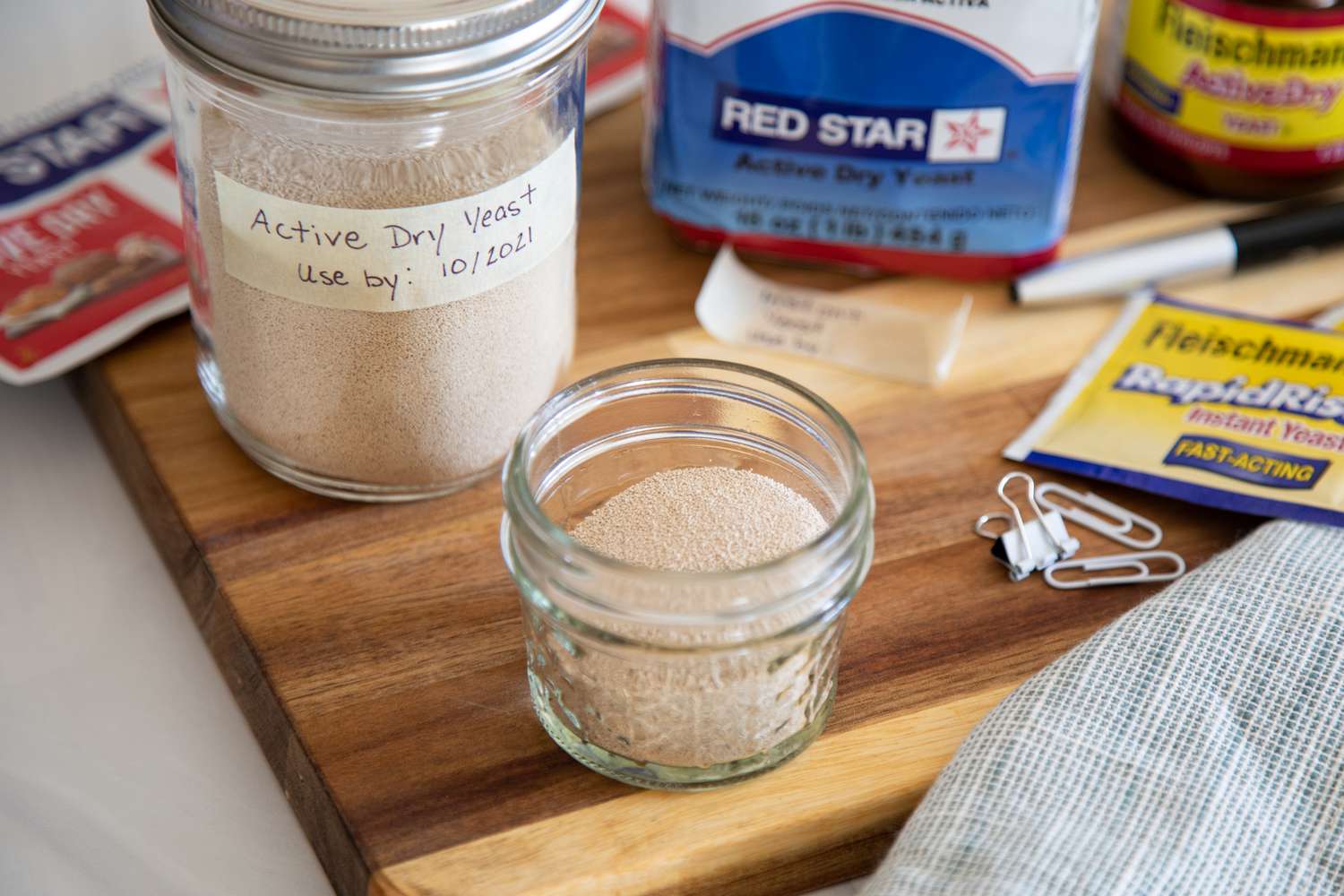
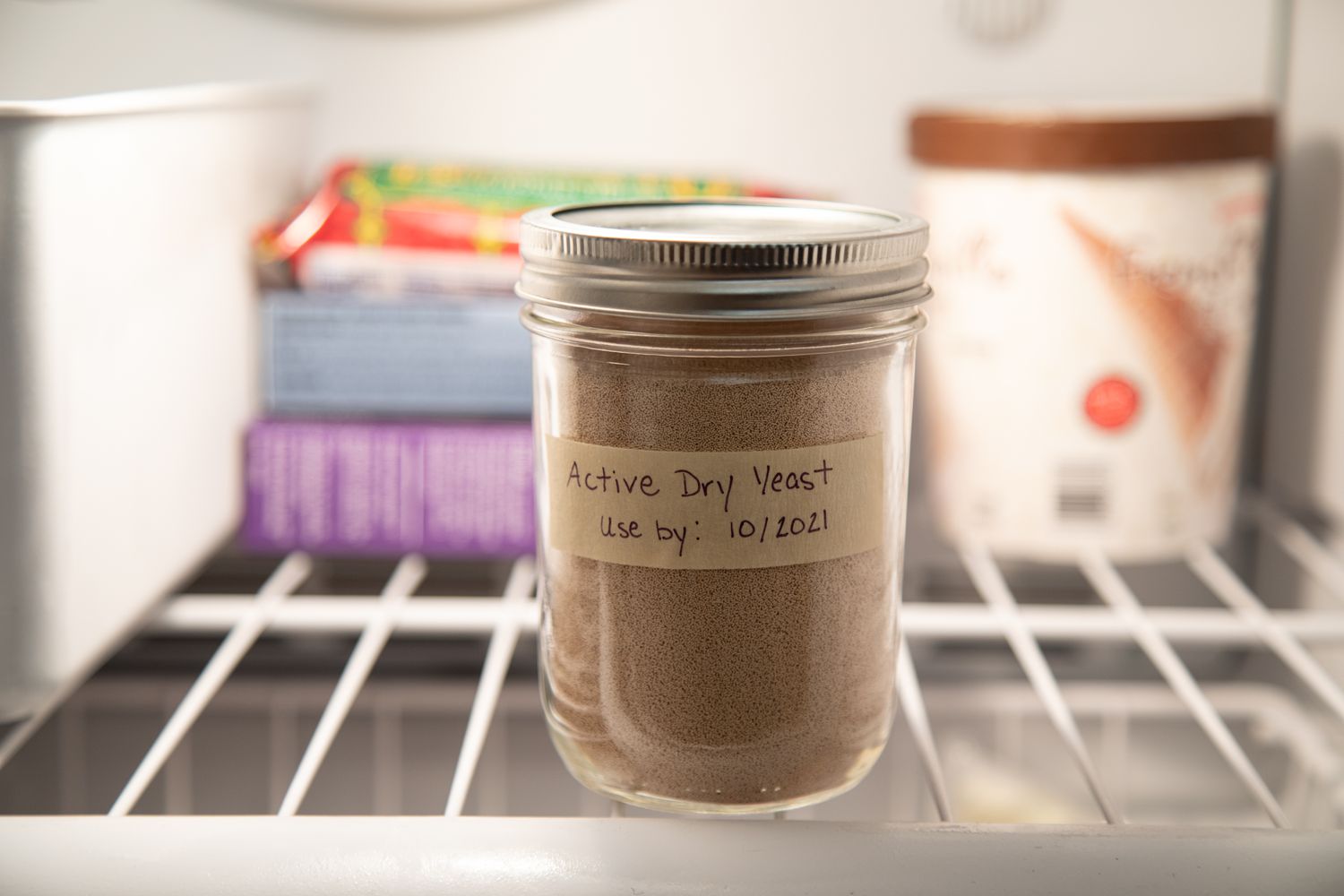



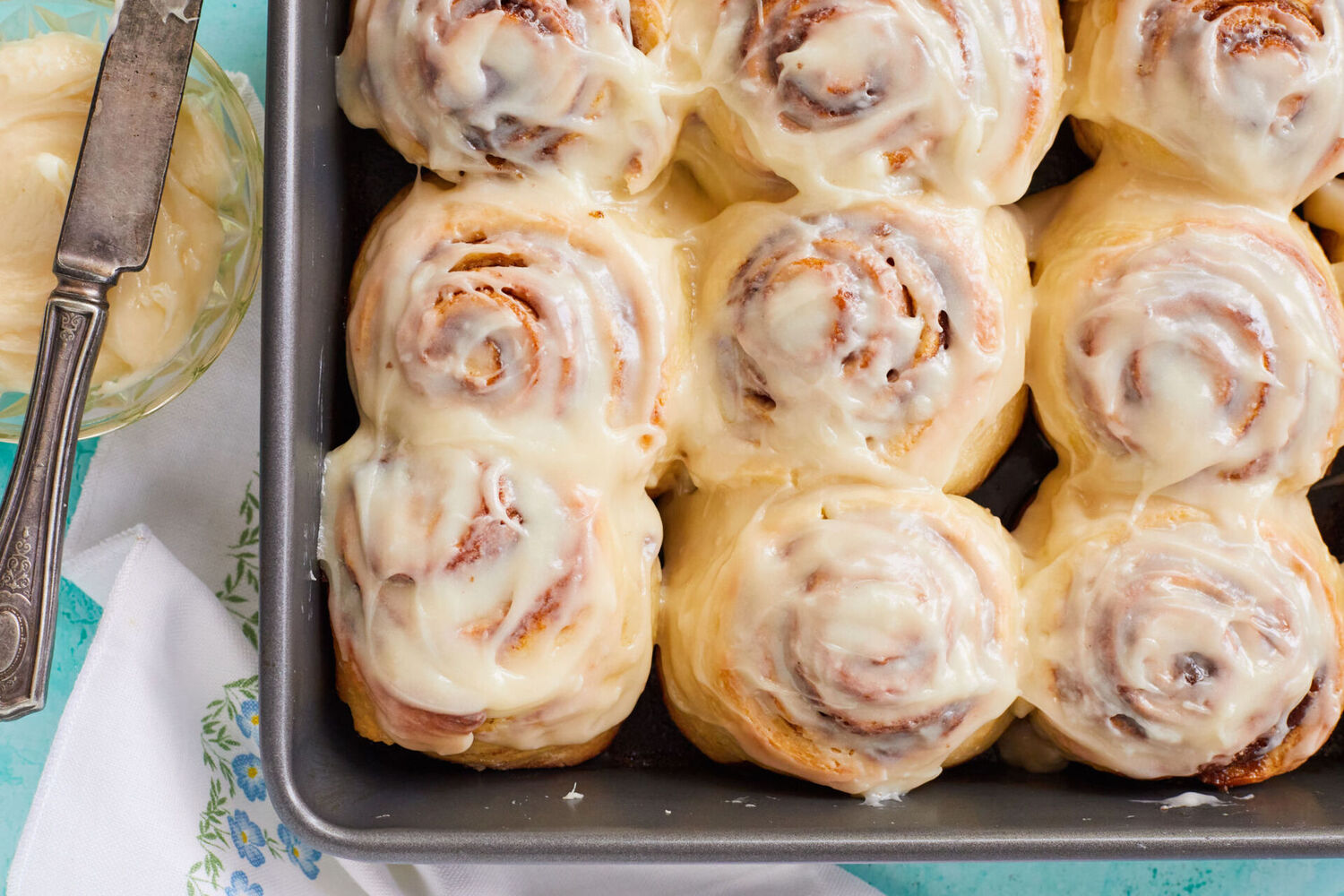



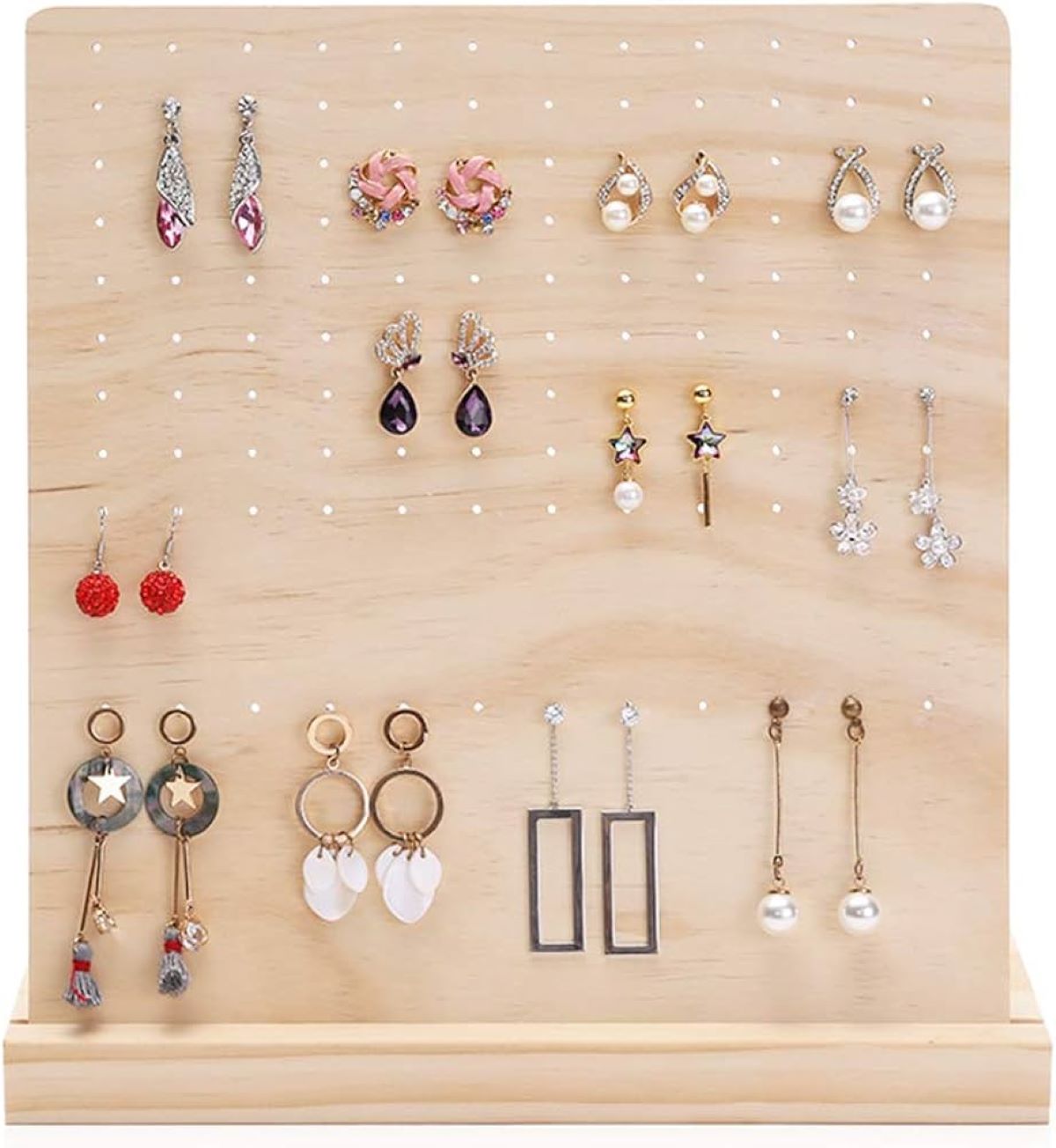
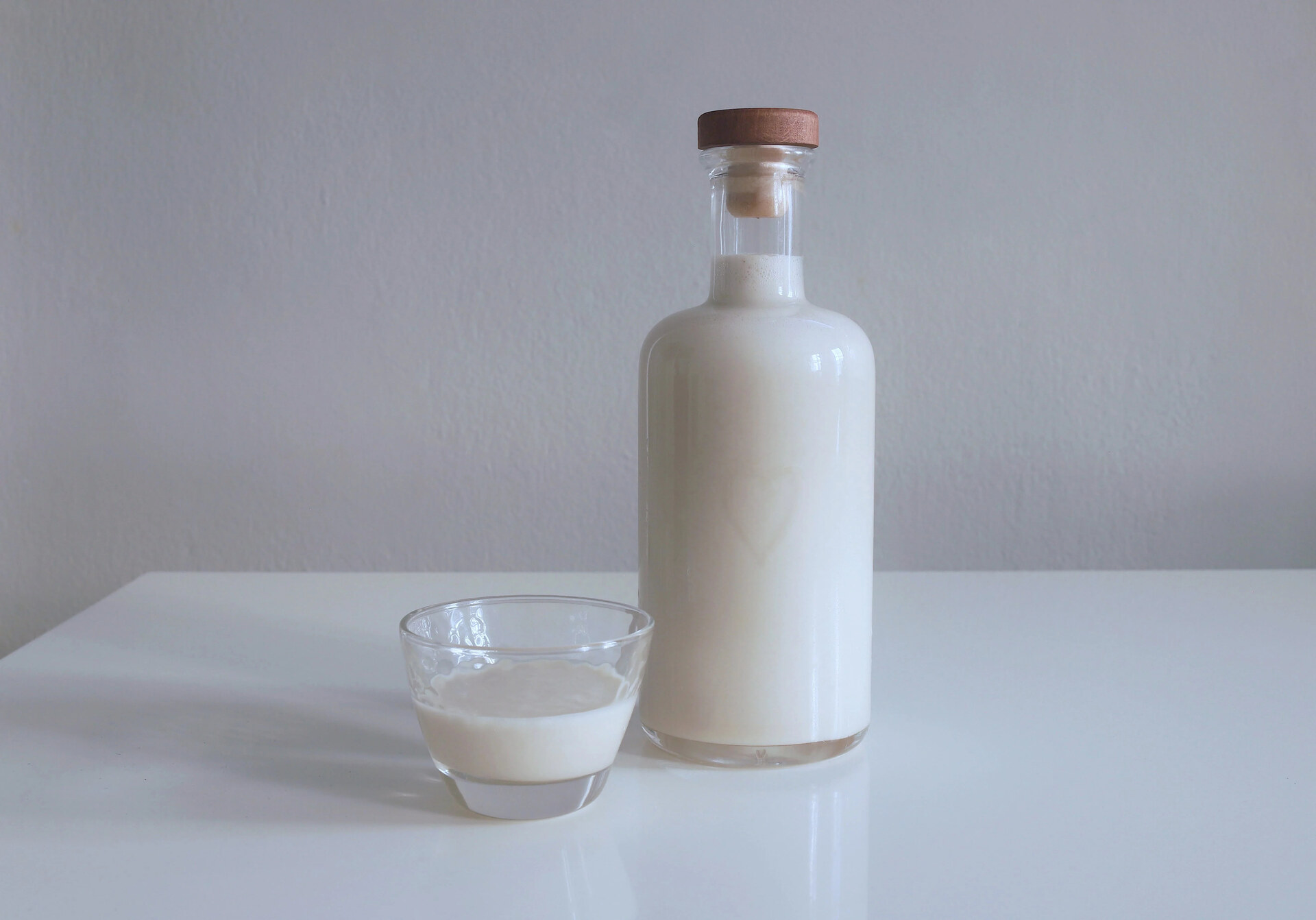
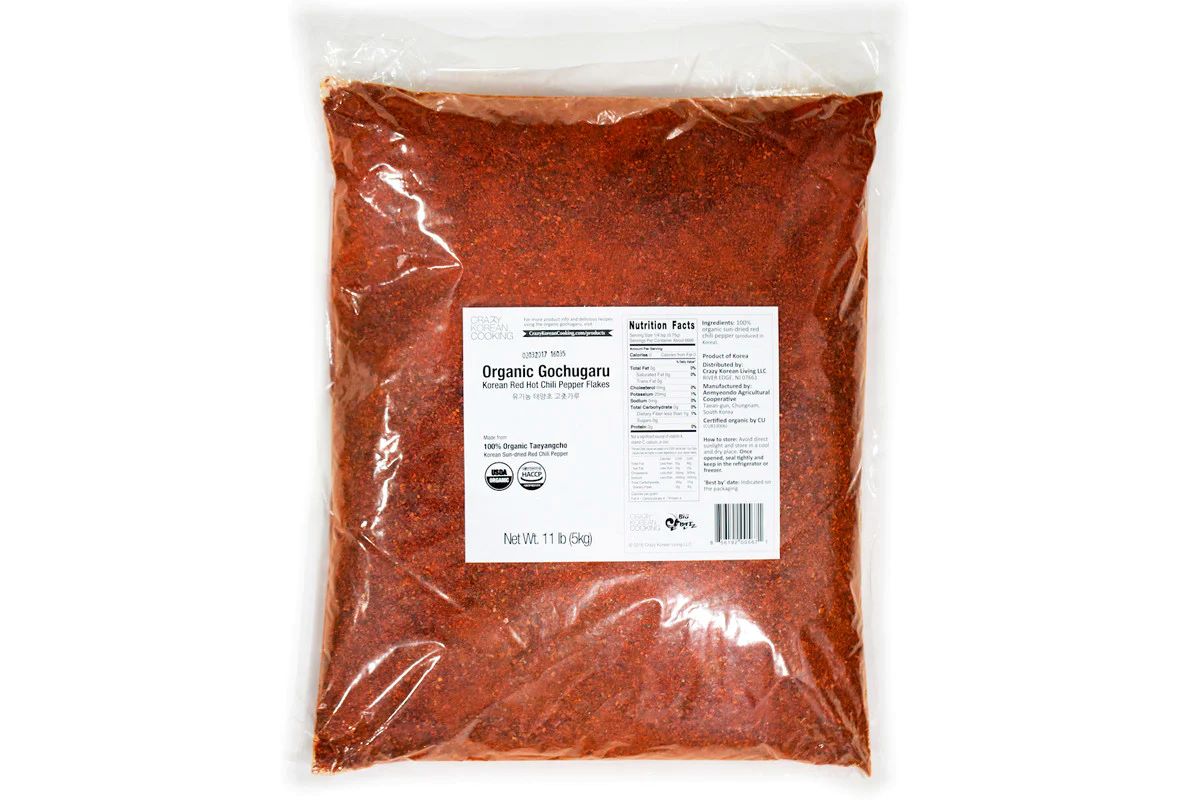


0 thoughts on “How To Store Brewers Yeast”